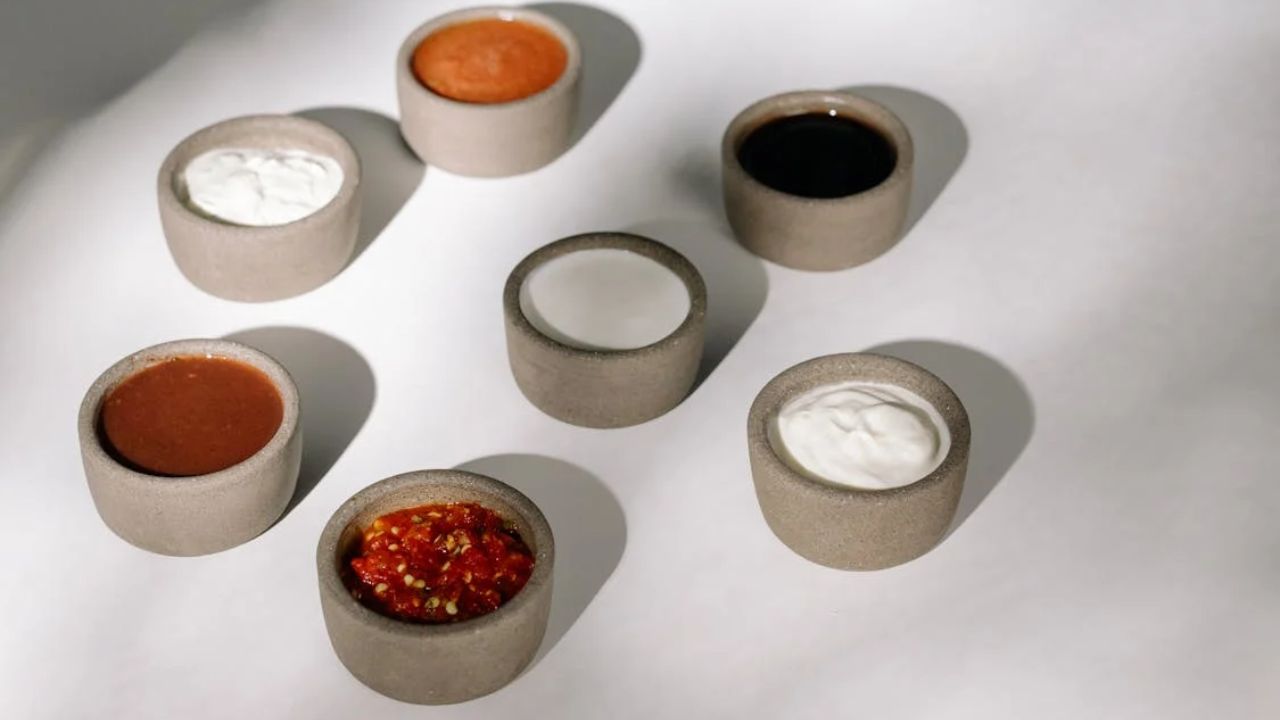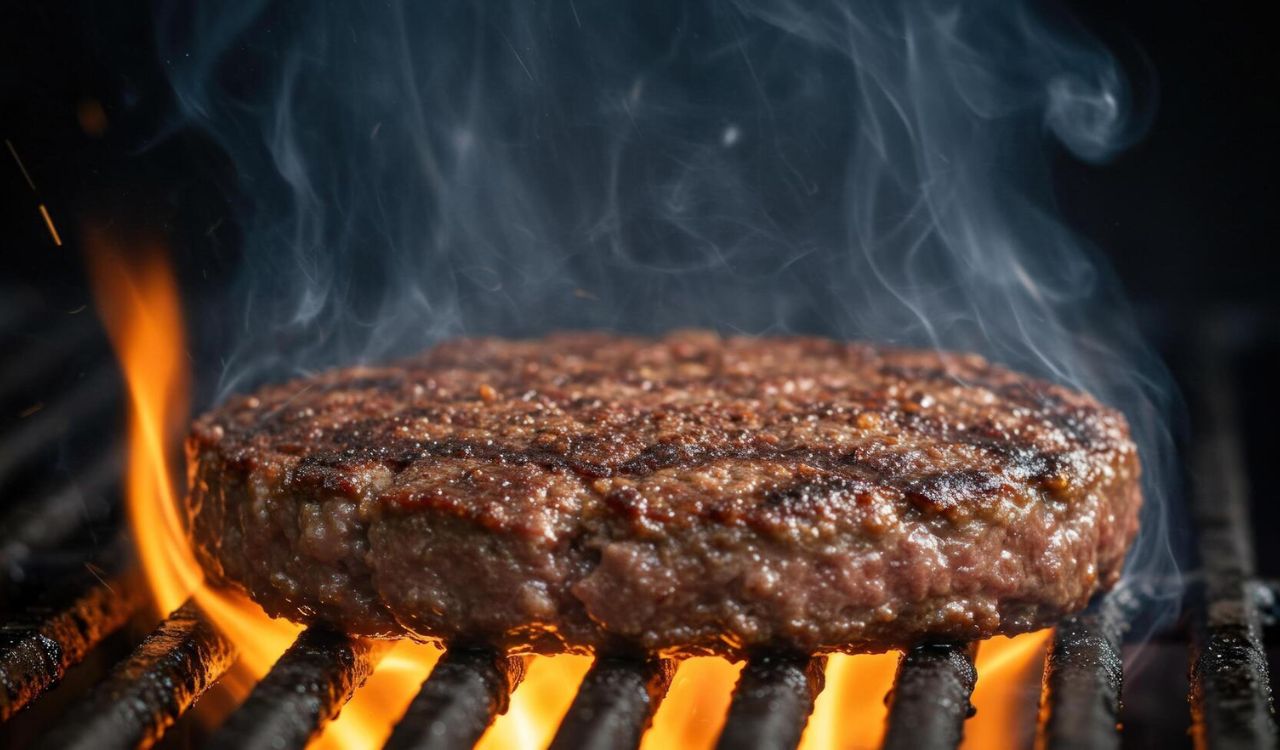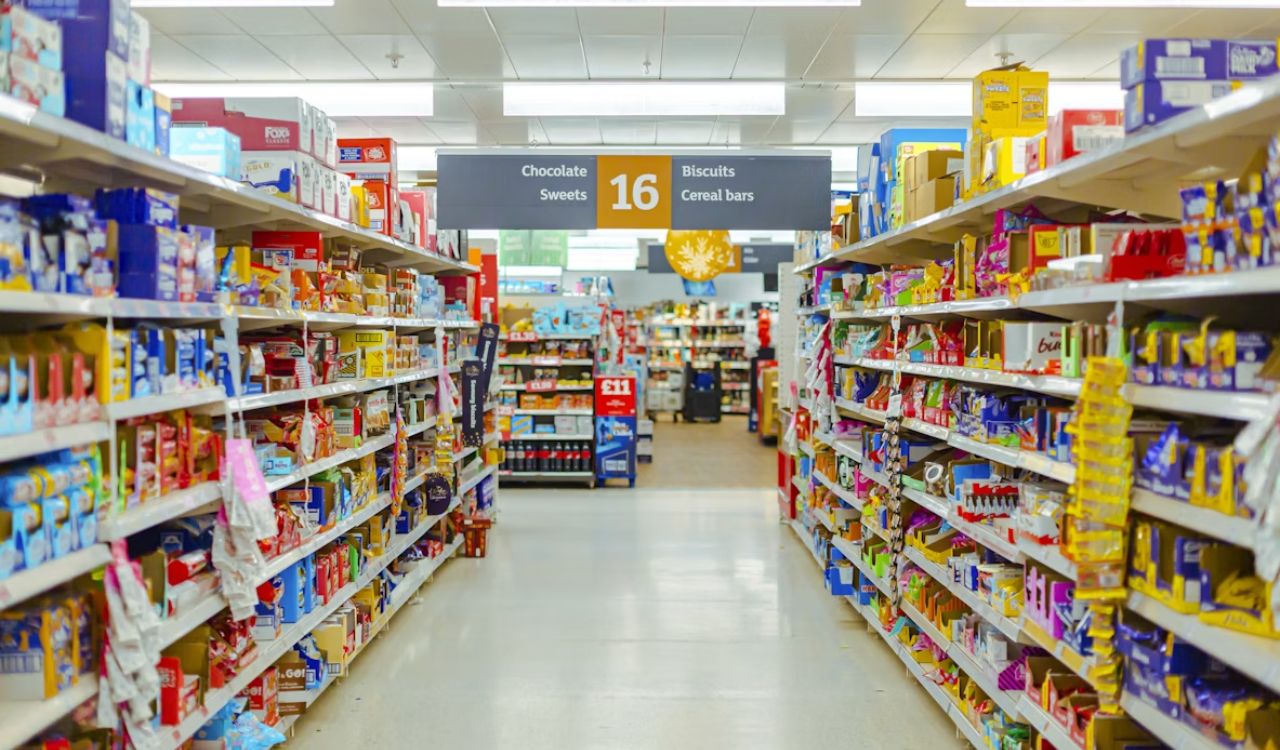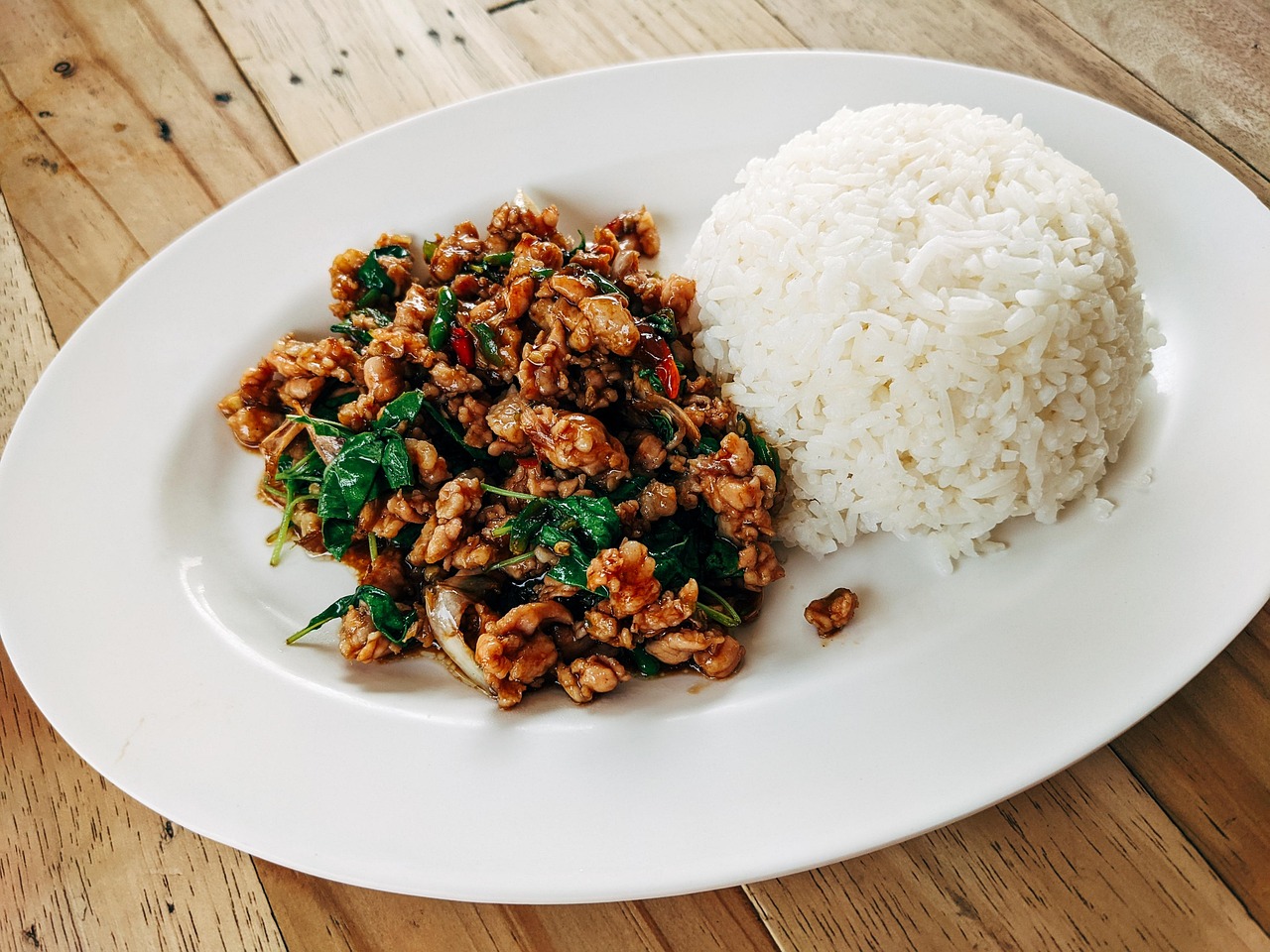10 Restaurant Chains People Still Miss To This Day
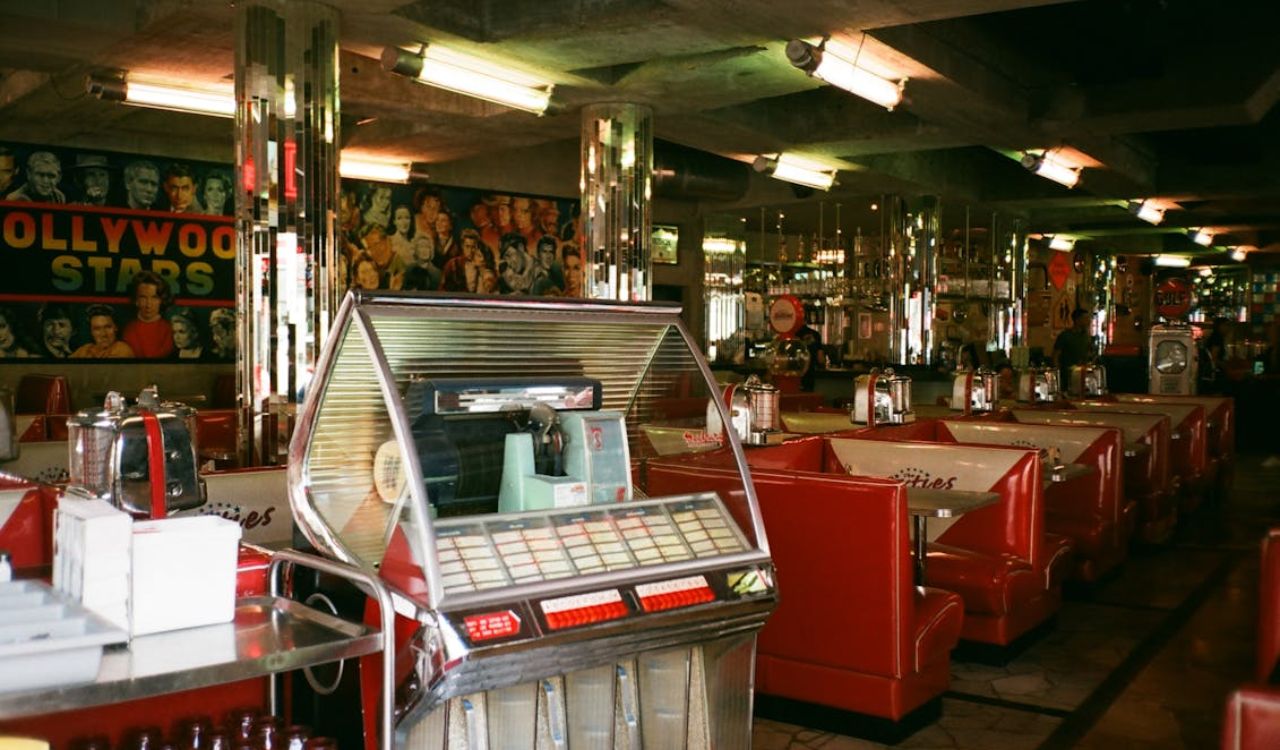
Restaurant chains often become more than just places to eat. They capture a time, a culture, and the flavors of shared experiences. From roadside diners to mall-based eateries, many of these once-thriving brands are now gone or only survive in scattered locations. Yet they live on in the memories of people who grew up visiting them with family and friends. Here are ten restaurant chains that left a lasting impression and are still fondly remembered long after their decline.
1. Howard Johnson’s
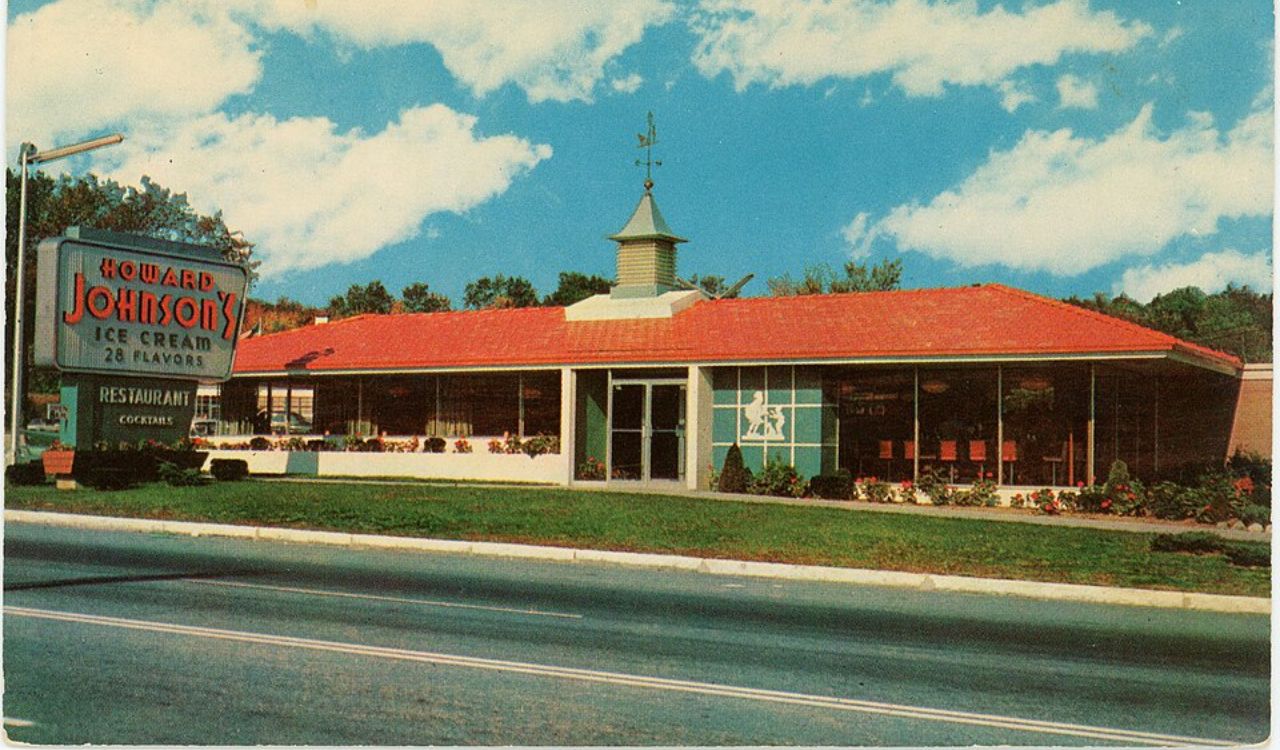
Howard Johnson’s, known as “HoJo’s,” was once the largest restaurant chain in the United States. Famous for its bright orange roofs, fried clams, and 28 flavors of ice cream, it was a staple for highway travelers in the mid-20th century. Families relied on HoJo’s for consistency when road tripping, and the chain became synonymous with postwar American car culture. At its peak, it boasted more than 1,000 locations. Although the last restaurant closed in 2022, Howard Johnson’s remains an icon of classic Americana.
2. Chi-Chi’s
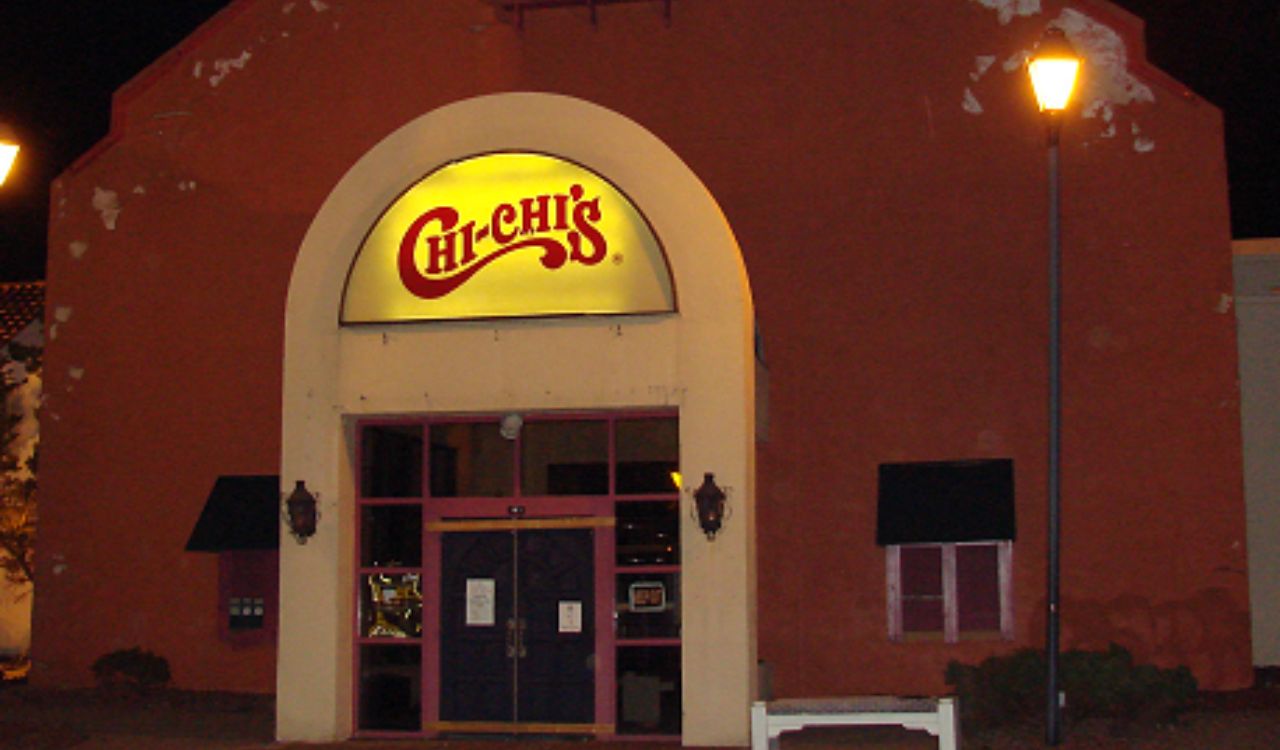
Chi-Chi’s brought Mexican-inspired food to mainstream America, serving sizzling fajitas, fried ice cream, and baskets of tortilla chips before it was common. Popular in the 1980s and 1990s, the chain became a go-to spot for birthdays and celebrations, often featuring a lively, festive atmosphere. At its height, it operated hundreds of restaurants in the U.S. and abroad. After health scares and ownership changes, U.S. locations closed by the mid-2000s, but the name lives on in some products sold in grocery stores.
3. Steak and Ale
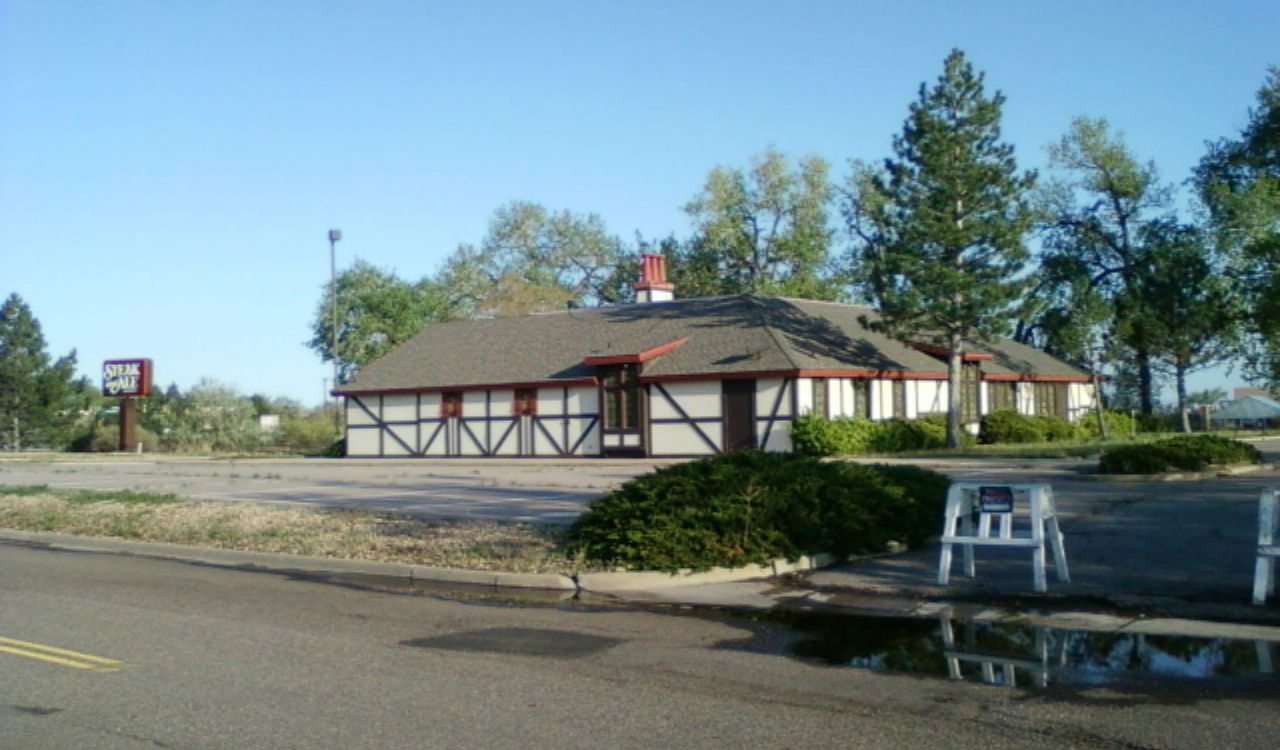
Founded in 1966, Steak and Ale pioneered the casual steakhouse concept with affordable steak dinners in a relaxed setting. It offered salad bars, hearty cuts of beef, and dimly lit dining rooms that made it feel more upscale than typical family restaurants at the time. For decades, it was the place for date nights and special occasions without breaking the bank. After financial troubles, most locations closed in the early 2000s, but the brand is often cited as a trailblazer in American dining.
4. Kenny Rogers Roasters
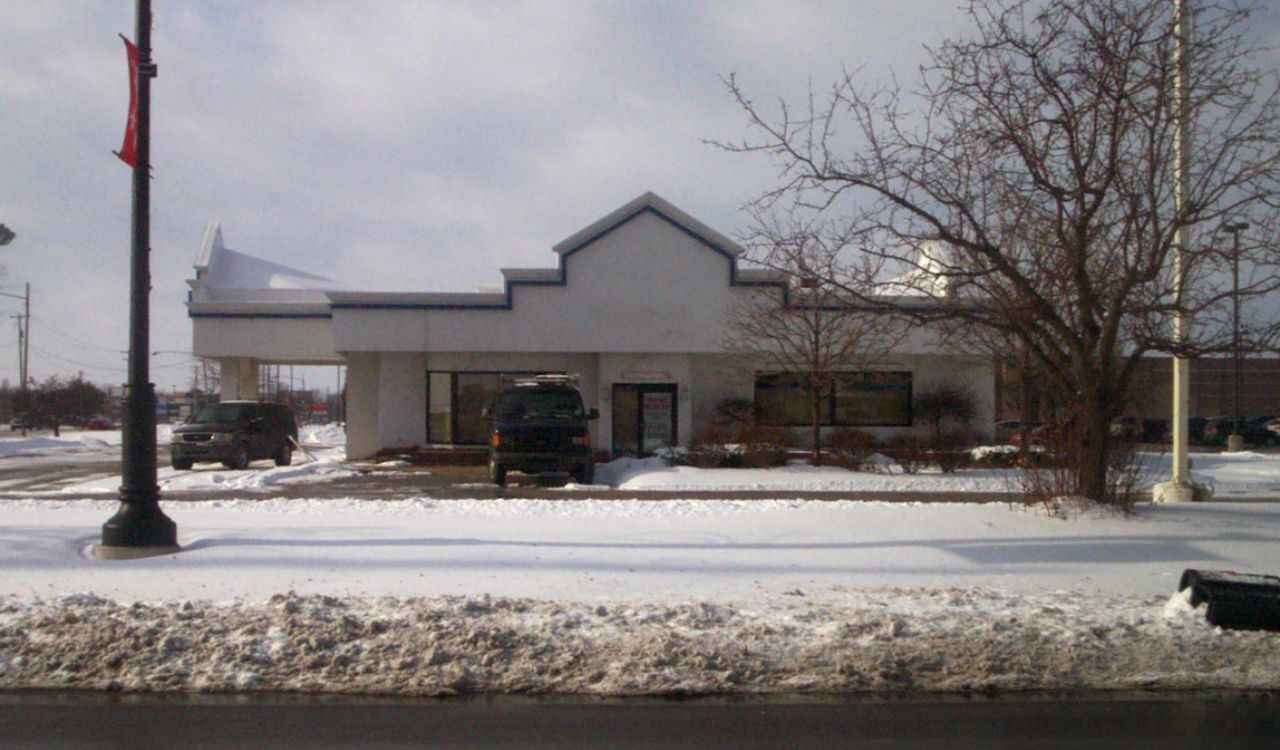
Launched by country music star Kenny Rogers, this chain specialized in wood-fired rotisserie chicken and comfort food sides. Opening in 1991, it quickly expanded thanks to its celebrity connection and healthier approach to fast dining compared to fried chicken. Its popularity peaked in the mid-1990s, even earning a pop culture reference in Seinfeld. Despite its U.S. decline by the early 2000s, it remains active in parts of Asia. Many Americans still miss the homestyle chicken meals they grew up with.
5. Lum’s
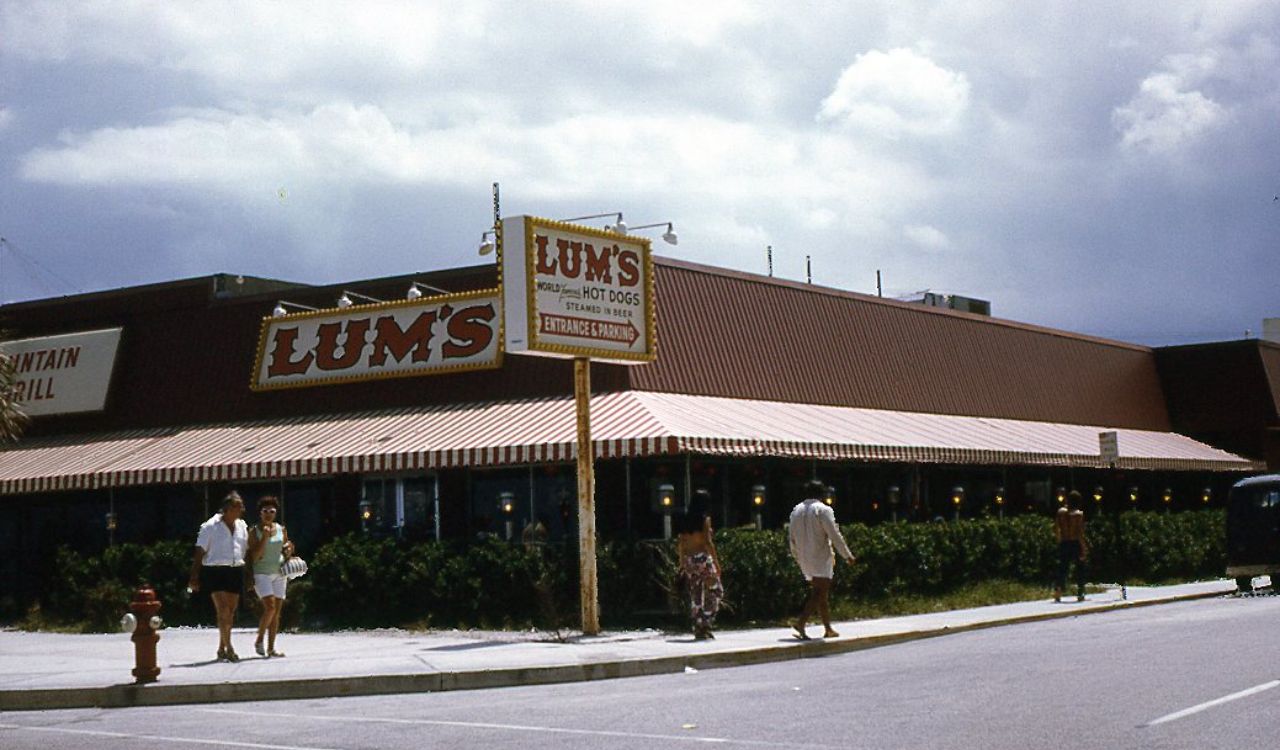
Lum’s was a Florida-based chain famous for its quirky menu, including hot dogs steamed in beer. Founded in the 1950s, it expanded to hundreds of locations nationwide. Lum’s became a roadside favorite with its casual vibe and family-friendly menu, serving burgers, fried seafood, and sandwiches. Its unique hot dog preparation made it stand out in a crowded market. Though the brand faded by the 1980s, it remains part of nostalgic food conversations for those who remember its bold flavors and fun atmosphere.
6. Dog n Suds
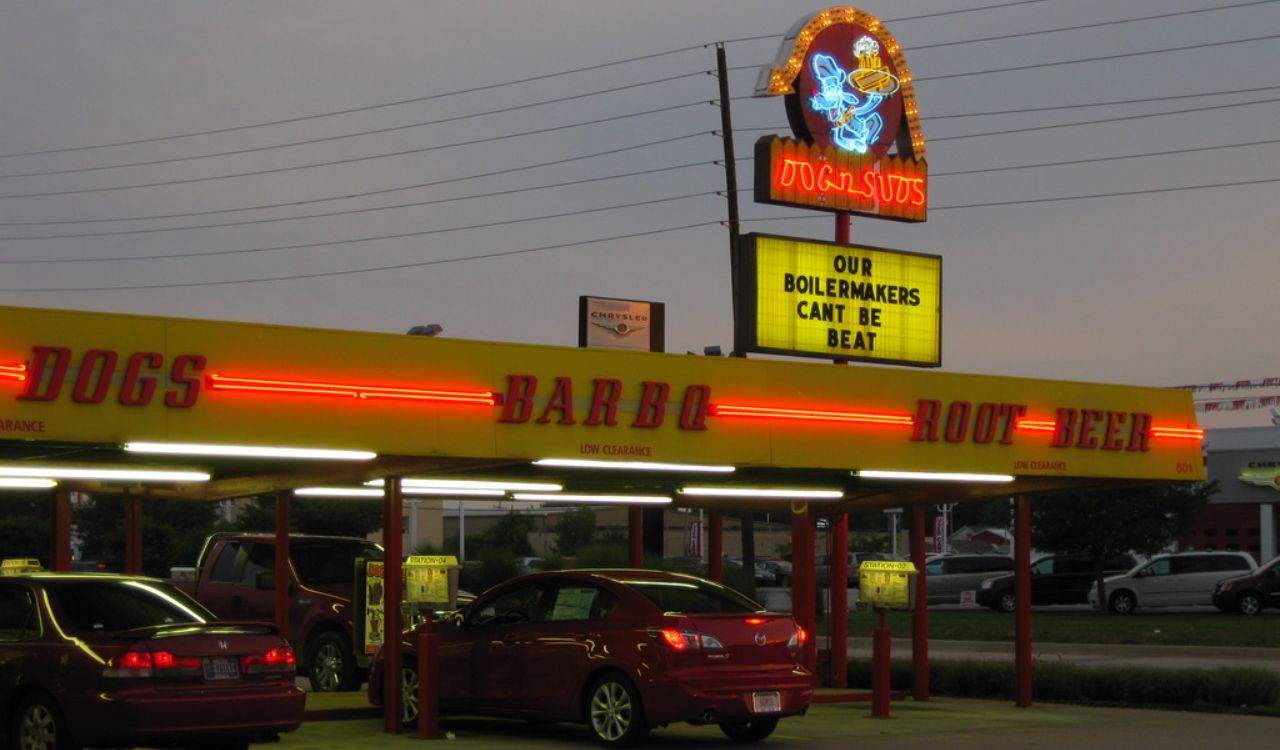
Dog ‘n Suds was a drive-in chain that captured the spirit of 1960s car culture. Known for frosty mugs of root beer and classic hot dogs, it was a hangout spot for families and teenagers alike. At its peak, it had hundreds of locations across the Midwest and beyond, with carhops delivering meals to parked cars. The retro experience was as much a draw as the food itself. While only a handful of independently operated locations survive, many still recall Dog n Suds as the quintessential drive-in.
7. Bob’s Big Boy
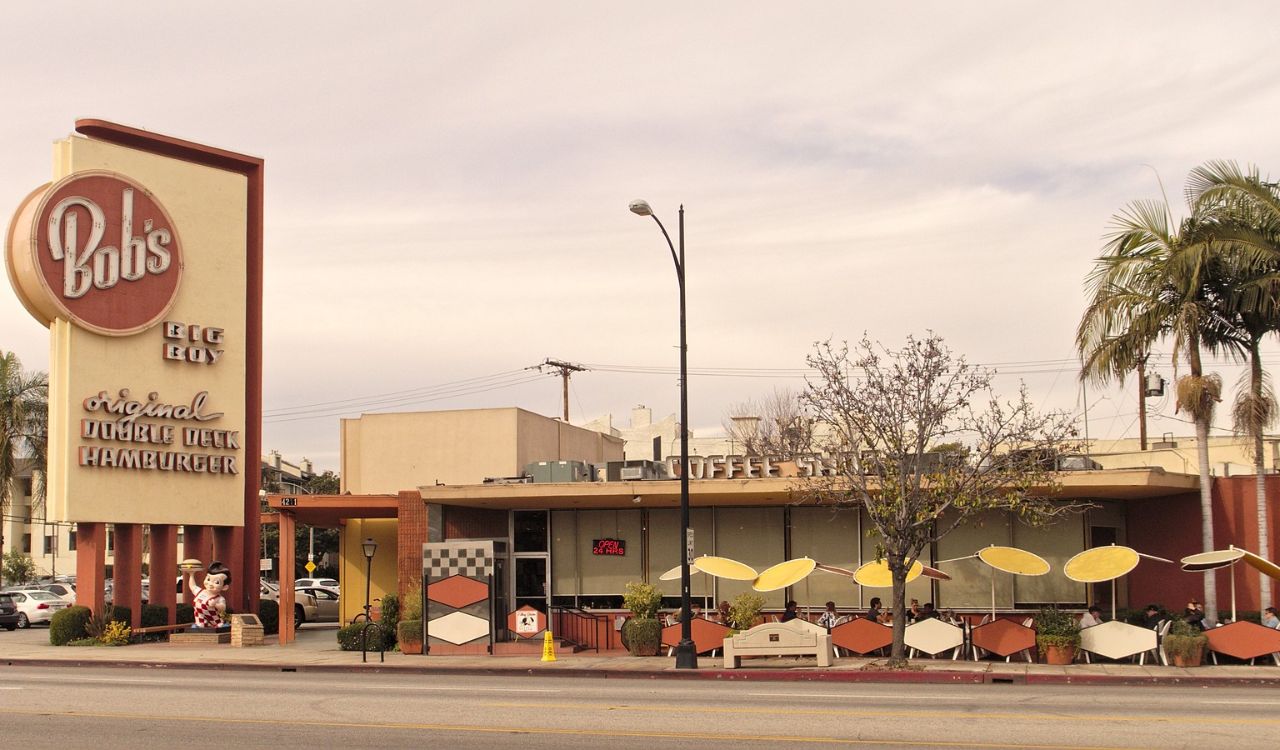
Bob’s Big Boy was instantly recognizable thanks to its mascot, a smiling boy in checkered overalls holding a burger aloft. Founded in California in 1936, it became a cultural landmark, offering burgers, milkshakes, and a signature double-decker sandwich. Many locations embraced 1950s-style architecture, making them destinations in their own right. The brand’s influence spread nationwide, and it became a symbol of classic diner culture. Although some Big Boy restaurants still exist, many regions lost their local spots, fueling nostalgia.
8. Red Barn
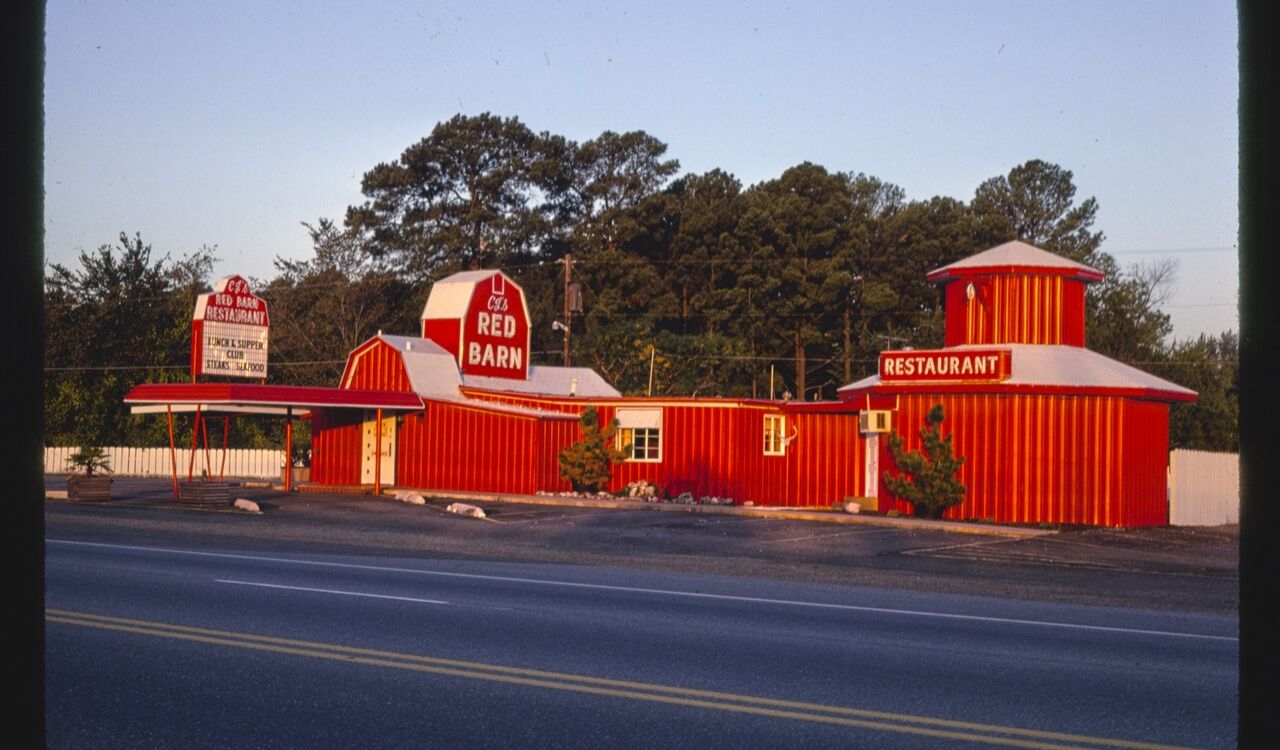
Red Barn stood out with its distinctive barn-shaped buildings and innovative menu. Founded in the 1960s, it was one of the first chains to serve fried chicken, burgers, and fish sandwiches under one roof. Its advertising and architecture made it instantly recognizable, especially to kids. At its peak, Red Barn operated hundreds of restaurants across the country. However, franchise disputes and competition led to its decline in the 1980s. Today, many remember it fondly for its unique design and menu variety.
9. Henry’s Hamburgers
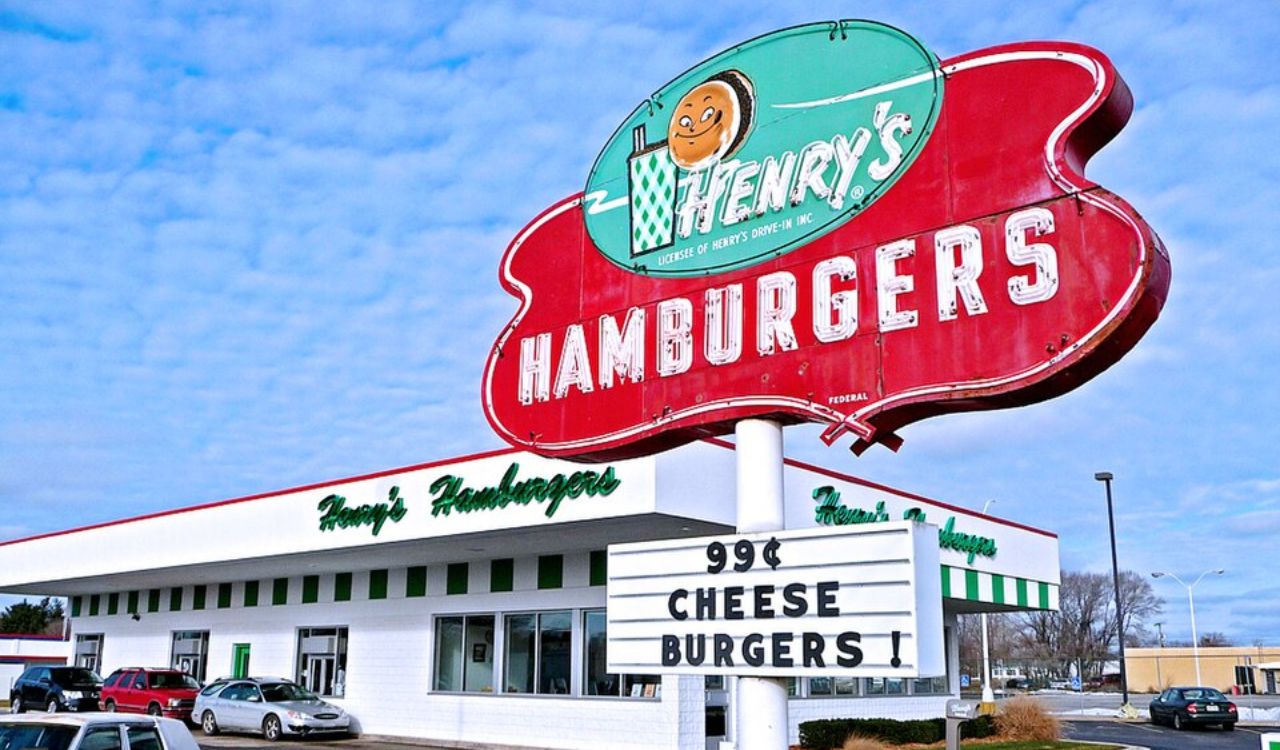
Henry’s Hamburgers began in the 1950s as a competitor to McDonald’s, serving 15-cent burgers that drew crowds of families and teenagers. At its peak, the chain had more than 200 locations across the Midwest. Known for quick service and low prices, Henry’s became a gathering place in small towns. Over time, competition from larger fast-food chains squeezed it out, leaving only one surviving location in Benton Harbor, Michigan. The brand remains a nostalgic reminder of early fast-food culture.
10. Sambo’s
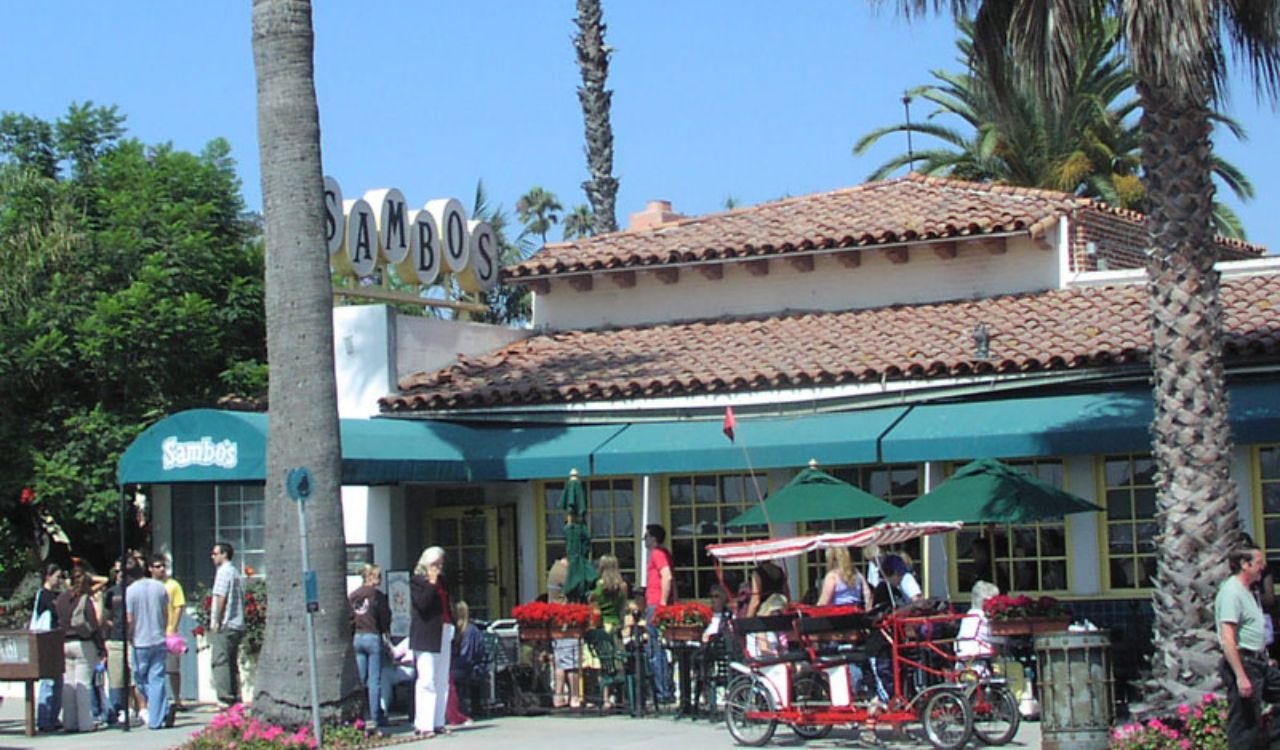
Sambo’s began in the 1950s as a pancake and coffee restaurant that grew into a nationwide chain with hundreds of locations. It became known for hearty breakfasts, diner-style meals, and 24-hour service. However, the controversial nature of its name and branding contributed to its decline in the 1980s. Only a handful of locations survived under different names. Despite its problematic history, many diners remember Sambo’s for its pancakes, strong coffee, and role in the era of round-the-clock family dining.



